Key Takeaways
-
Identify the Cause: Moths are attracted to natural fibers and pantry items—finding the source is essential for proper treatment.
-
Clean Thoroughly: Vacuum, wash, declutter, and use freezing or dry cleaning to eliminate eggs and larvae from carpets, closets, and pantries.
-
Use Natural Repellents: Repel moths with lavender, cedar, bay leaves, peppermint oil, and vinegar-based cleaners—safe and fresh-smelling solutions.
-
DIY Traps & Sprays: Use honey-vinegar traps or essential oil sprays with citrus and cloves to reduce moth activity safely.
-
Store Smart: Protect dry goods and clothing with airtight storage and sealed bags, and use repellents in drawers for extra defense.
-
Act Fast & Consider Professionals: Early action is key—hire pest control for stubborn or widespread infestations to ensure complete removal.
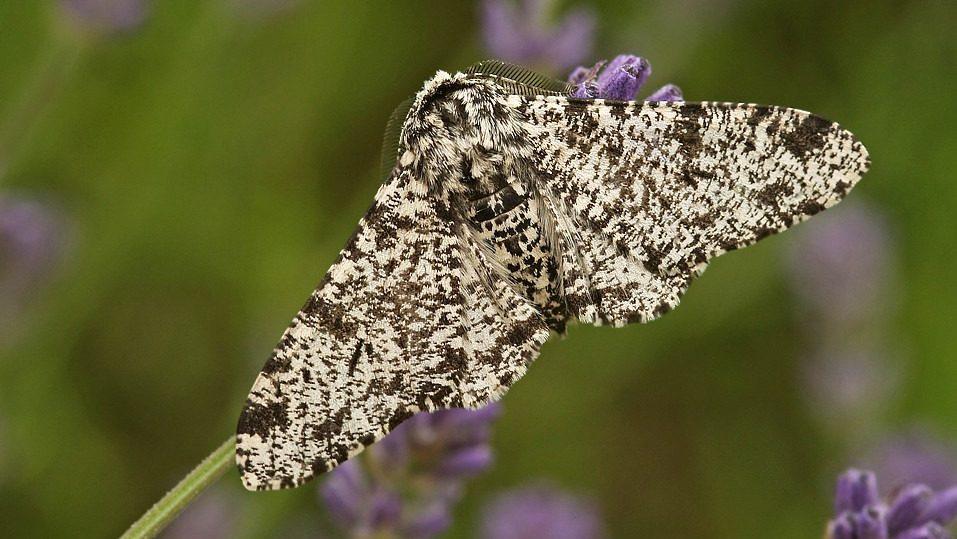 Moths are common household pests that can cause significant issues by infesting closets, pantries, and other home areas. Understanding how to get rid of moths and prevent them from returning is essential to protect clothing, food, and other belongings.
This guide covers how to get rid of moths in the house and outside and effective methods for keeping them away permanently. From natural repellents to cleaning routines, these approaches ensure a moth-free environment and help you safeguard your home.
Moths are common household pests that can cause significant issues by infesting closets, pantries, and other home areas. Understanding how to get rid of moths and prevent them from returning is essential to protect clothing, food, and other belongings.
This guide covers how to get rid of moths in the house and outside and effective methods for keeping them away permanently. From natural repellents to cleaning routines, these approaches ensure a moth-free environment and help you safeguard your home.


Not getting a solution?
Get your free pest control estimate today!Why Do I Have Moths in My House?
Identifying the reasons behind a moth infestation is the first step in successfully getting rid of moths. Moths enter homes in search of food and suitable areas to lay eggs. Pantry moths, for instance, are attracted to grains and cereals, while clothing moths are drawn to natural fibers like wool and silk. Recognizing why you have moths in your house allows you to focus on cleaning and prevention methods that will address the infestation at its source. Moths may also enter through open doors or windows and gravitate toward areas with low light or warmth. Once they find a suitable spot, they lay eggs that hatch into larvae, which then cause the most damage by consuming fabrics or contaminating food. This cycle highlights the need for a comprehensive approach to getting rid of moths before they multiply and spread throughout the house.How to Get Rid of Moths in the House: Cleaning and Decluttering
A thorough cleaning routine is crucial for effective moth control and will help you eliminate moth eggs, larvae, and adults from your home. Moth larvae often hide in carpets, upholstery, and closet floors, where they feed on natural fibers and lay eggs. Cleaning these areas frequently is an essential step for getting rid of moths in the house and can help prevent further damage to clothing and household items. Regular vacuuming is the first line of defense for getting rid of moths. Use a vacuum cleaner to target carpets, rugs, and closet floors, as moth larvae tend to settle in these places. Dispose of the vacuum bag immediately to prevent eggs from hatching and reinfesting the area. For items that can’t be washed, freezing is an effective solution. Place delicate or seasonal clothing in a plastic bag and store it in the freezer for at least 24 hours. This method is beneficial for wool, silk, and other delicate fabrics. In addition to vacuuming, washing clothes regularly is essential, especially to get rid of moths in closet spaces where clothing moths often lay eggs. For items like wool sweaters or silk scarves, dry cleaning or freezing will kill any larvae or eggs, keeping your clothes safe from damage.
In addition to vacuuming, washing clothes regularly is essential, especially to get rid of moths in closet spaces where clothing moths often lay eggs. For items like wool sweaters or silk scarves, dry cleaning or freezing will kill any larvae or eggs, keeping your clothes safe from damage.
Natural Moth Repellent Solutions
Let’s learn a few natural methods for removing moths, complete with detailed recipes and instructions.Lavender and Cedar Repellent Sachets
Lavender and cedar are well-known natural moth repellents. Moths are deterred by the strong scent, which keeps them from laying eggs in closets and drawers.INGREDIENTS
-
 Dried lavender (1 cup)
Dried lavender (1 cup)
-
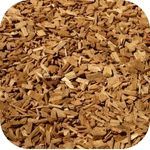 Cedar chips or blocks (5-10 small pieces)
Cedar chips or blocks (5-10 small pieces)
-
 Small cloth or mesh bags
Small cloth or mesh bags
INSTRUCTIONS
Step 1
- Place a handful of dried lavender in each cloth or mesh bag.
Step 2
- Add a few pieces of cedar chips or small blocks to each bag.
Step 3
- Tie the bags securely and place them in areas where moths are common, such as drawers, closets, and storage boxes.
Step 4
- Refresh the lavender every few months by adding a few drops of lavender essential oil to the dried lavender or replacing the lavender with a fresh supply.
Note
These sachets are long-lasting and effective, keeping moths away naturally while also leaving a pleasant scent in your storage spaces.Clove and Bay Leaf Pantry Repellent
Pantry moths are sensitive to the strong aroma of cloves and bay leaves, making them effective repellents for food storage areas.
INGREDIENTS
-
 Dried whole cloves (1 tablespoon per shelf or drawer)
Dried whole cloves (1 tablespoon per shelf or drawer)
-
 Bay leaves (3-4 per shelf or drawer)
Bay leaves (3-4 per shelf or drawer)
INSTRUCTIONS
Step 1
- Place a small dish or a few clove pieces directly on each pantry shelf or inside each storage drawer.
Step 2
- Scatter a few bay leaves around stored grains, cereals, or in the corners of pantry shelves.
Step 3
- Replace cloves and bay leaves every 2-3 months to maintain effectiveness, as the scent will fade over time.
Note
This method is ideal for how to get rid of moths in the pantry without introducing chemicals around food storage.Vinegar Cleaning Solution for Surfaces
Vinegar is an effective natural cleaner that repels moths and eliminates eggs from surfaces. How to get rid of moths with vinegar is simple, affordable, and safe for almost any surface.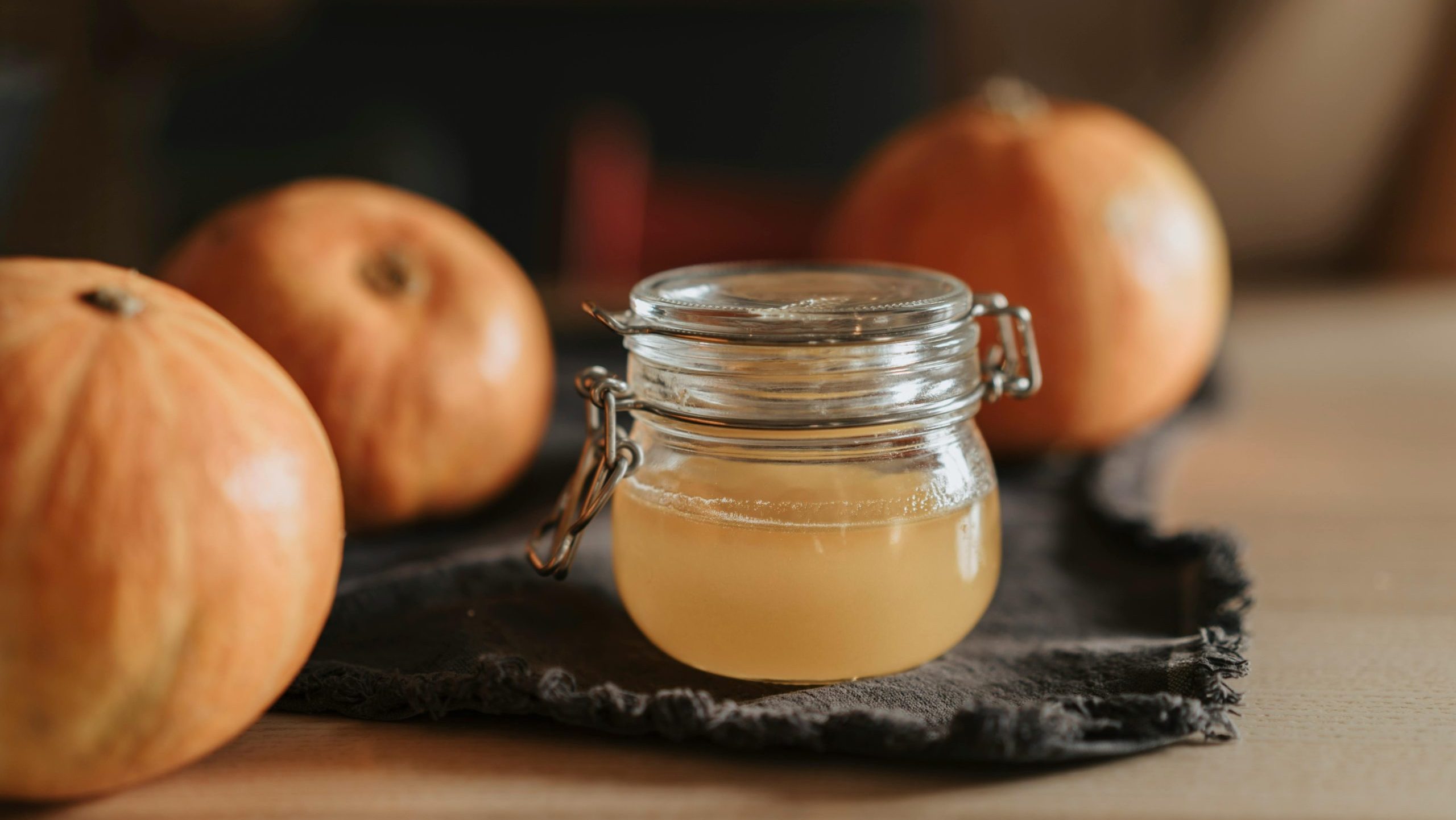
INGREDIENTS
-
 White vinegar (1 cup)
White vinegar (1 cup)
-
 Water (1 cup)
Water (1 cup)
-
 Spray bottle
Spray bottle
-
 Clean cloth or sponge
Clean cloth or sponge
INSTRUCTIONS
Step 1
- Combine equal parts white vinegar and water in a spray bottle.
Step 2
- Shake the bottle well to mix the solution.
Step 3
- Spray the solution directly on closet floors, pantry shelves, and any area where moth eggs or larvae might be present.
Step 4
- Let the solution sit for a few minutes, then wipe with a clean cloth or sponge.
Step 5
- For tougher spots, repeat the process until all surfaces are clean and deodorized.
Note
The vinegar’s acidity breaks down moth eggs, helping prevent hatching while creating a moth-deterrent scent.Peppermint Oil Spray
Peppermint oil has a strong scent that moths find unappealing, making it a powerful natural moth repellent.
INGREDIENTS
-
 Peppermint essential oil (10-15 drops)
Peppermint essential oil (10-15 drops)
-
 Water (1 cup)
Water (1 cup)
-
 Spray bottle
Spray bottle
INSTRUCTIONS
Step 1
- Fill a spray bottle with 1 cup of water.
Step 2
- Add 10-15 drops of peppermint essential oil to the water and shake well to combine.
Step 3
- Spray the solution in closets, drawers, pantry shelves, or any storage area prone to moth infestations.
Step 4
- Reapply as needed, especially after cleaning or every few weeks to maintain effectiveness.
Note
This spray can be used on most surfaces and textiles and leaves a fresh, minty scent.Citrus and Clove Spray
Citrus oil combined with cloves acts as a moth repellent with a refreshing, potent fragrance that is safe for clothes and fabrics.
INGREDIENTS
-
 Lemon or orange peels (from 1-2 citrus fruits)
Lemon or orange peels (from 1-2 citrus fruits)
-
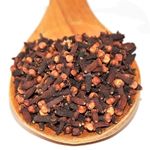 Whole cloves (5-10)
Whole cloves (5-10)
-
 Water (1 cup)
Water (1 cup)
-
 Spray bottle
Spray bottle
INSTRUCTIONS
Step 1
- Boil the citrus peels and cloves in water for 10-15 minutes to release the oils.
Step 2
- Let the mixture cool completely, then strain it into a spray bottle.
Step 3
- Spray the solution lightly on clothing (test a small area first) and closet surfaces.
Step 4
- Reapply as needed to maintain a protective barrier against moths.
Note
This natural solution works as a gentle repellent and is ideal for protecting woolen and delicate fabrics.Essential Oil Blend Diffuser
A blend of natural essential oils diffused in closets or storage rooms can act as a continuous moth repellent. Oils such as lavender, eucalyptus, and tea tree are known to deter moths.
INGREDIENTS
-
 Lavender essential oil (5 drops)
Lavender essential oil (5 drops)
-
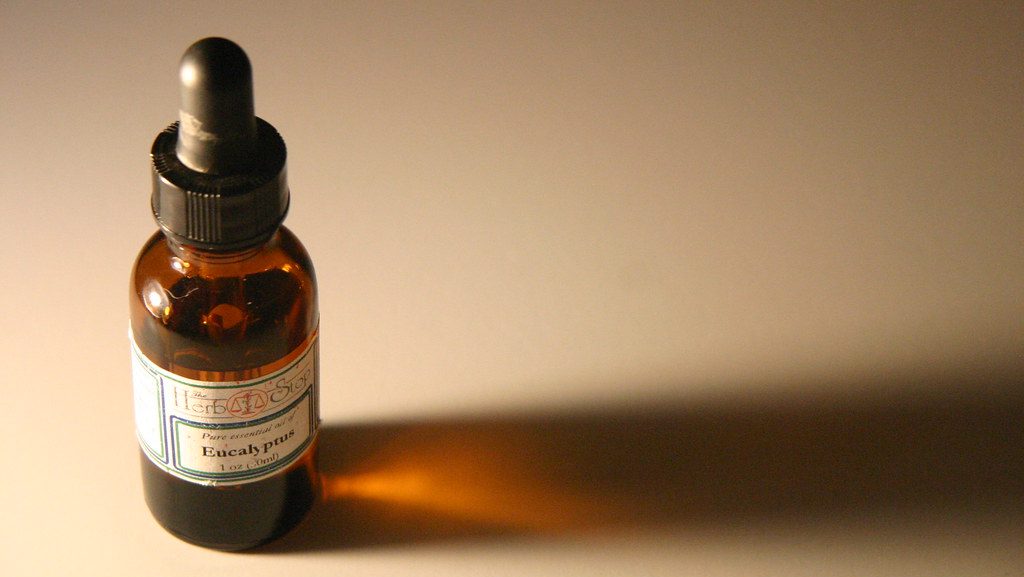 Eucalyptus essential oil (5 drops)
Eucalyptus essential oil (5 drops)
-
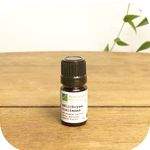 Tea tree essential oil (5 drops)
Tea tree essential oil (5 drops)
-
 Diffuser (electronic or reed)
Diffuser (electronic or reed)
INSTRUCTIONS
Step 1
- Combine the oils in the diffuser or in a small dish placed in the affected area.
Step 2
- Allow the aroma to permeate the space. If using an electronic diffuser, turn it on as needed, especially in high-risk areas for moth infestations.
Step 3
- Refresh the oils weekly or whenever the aroma fades.
Note
This natural remedy helps prevent moths in enclosed spaces and can be used as a complement to other preventative measures.DIY Moth Trap with Honey and Vinegar
A homemade trap with honey and vinegar attracts and traps moths, reducing their population indoors without chemicals.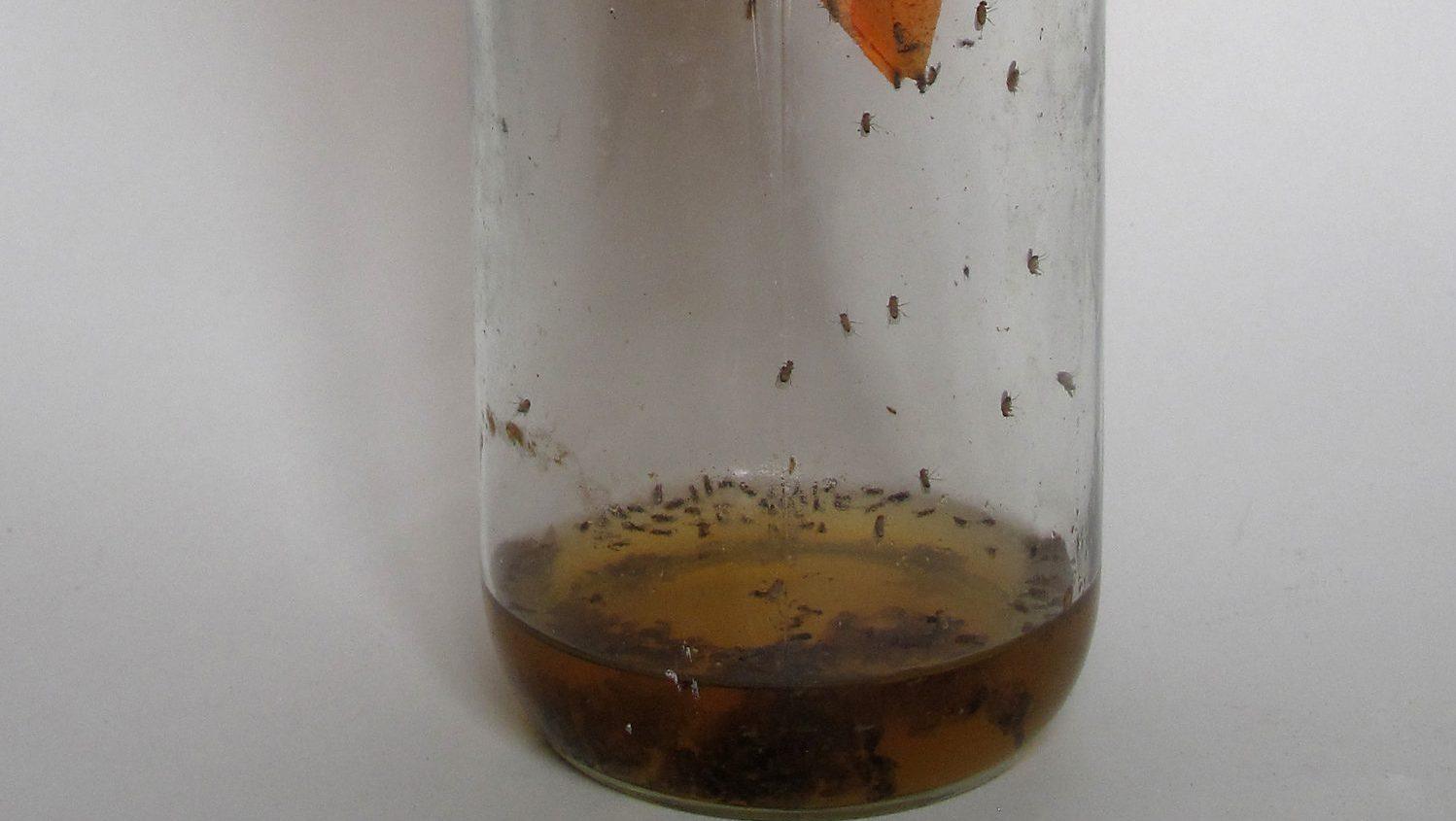
INGREDIENTS
-
 Honey (1 tablespoon)
Honey (1 tablespoon)
-
 Apple cider vinegar (½ cup)
Apple cider vinegar (½ cup)
-
 Dish soap (a few drops)
Dish soap (a few drops)
-
 Small bowl or jar
Small bowl or jar
INSTRUCTIONS
Step 1
- Pour the vinegar into a bowl or jar, then add the honey and a few drops of dish soap.
Step 2
- Stir the mixture lightly to combine.
Step 3
- Place the trap in areas where you’ve noticed moth activity, such as in the pantry or near windows.
Step 4
- Replace the solution every few days to maintain effectiveness.
Note
The honey and vinegar attract moths, while the dish soap traps them in the solution, reducing moth numbers over time.Fresh Mint Leaves as a Natural Repellent
Fresh mint leaves release a scent that deters moths, making them a good natural repellent for small spaces.
INGREDIENTS
-
 Fresh mint leaves (handful)
Fresh mint leaves (handful)
INSTRUCTIONS
Step 1
- Place a handful of fresh mint leaves in areas like drawers, closets, and pantry shelves.
Step 2
- Replace the mint every few days, as fresh leaves lose their potency over time.
Note
This method is ideal for small areas and can be used as a mild repellent to keep moths away from sensitive items.How to Remove Moth Eggs from Walls and Surfaces
Moth eggs are often laid on walls, shelves, or other surfaces near food or clothing sources. If you’ve noticed moth eggs on wall surfaces or around pantry items, prompt removal is essential to prevent hatching. Here’s how to remove moth eggs effectively: Scrubbing affected surfaces with vinegar can help dislodge and kill moth eggs. Using a sponge or cloth, wipe down shelves, walls, and other surfaces with vinegar mixed with water. This acidity helps break down the eggs, preventing them from hatching. Vacuuming with a brush attachment can remove eggs from carpets, walls, and other areas for larger infestations. Dispose of the vacuum bag immediately to avoid re-infestation. Steam cleaning is another effective method for removing moth eggs from carpets and fabric surfaces. The high heat of the steam cleaner kills eggs on contact, helping you maintain a clean, moth-free environment.
Preventive Measures for Long-Term Moth Control
Once you’ve addressed an existing infestation, preventive steps can ensure the moths do not return. Regular cleaning, natural moth-repellent methods, and proper storage are essential for keeping moths at bay. Vacuuming carpets and cleaning pantry shelves regularly will help deter moths from nesting or laying eggs. For food items, always store grains, cereals, and other dry goods in airtight containers to prevent pantry moths from accessing your food supply. Proper food storage is key to getting rid of moths in the house and stopping pantry moth infestations from spreading. Likewise, storing out-of-season or delicate clothing in sealed containers protects them from clothing moths. Adding natural repellents such as cedar blocks, lavender sachets, or bay leaves to your storage spaces is a simple, effective way to keep moths away from valuable items. Placing these repellents in closets and drawers deters moths without the need for chemicals, helping you maintain a clean and pest-free home environment.Are DIY Methods Enough?
While DIY solutions can be highly effective for minor moth issues, they may not be enough for larger or more persistent infestations. Natural repellents and regular cleaning routines are great for maintaining a moth-free environment, but they may not fully eradicate moth populations, especially if they are deeply embedded in hard-to-reach areas or in food storage.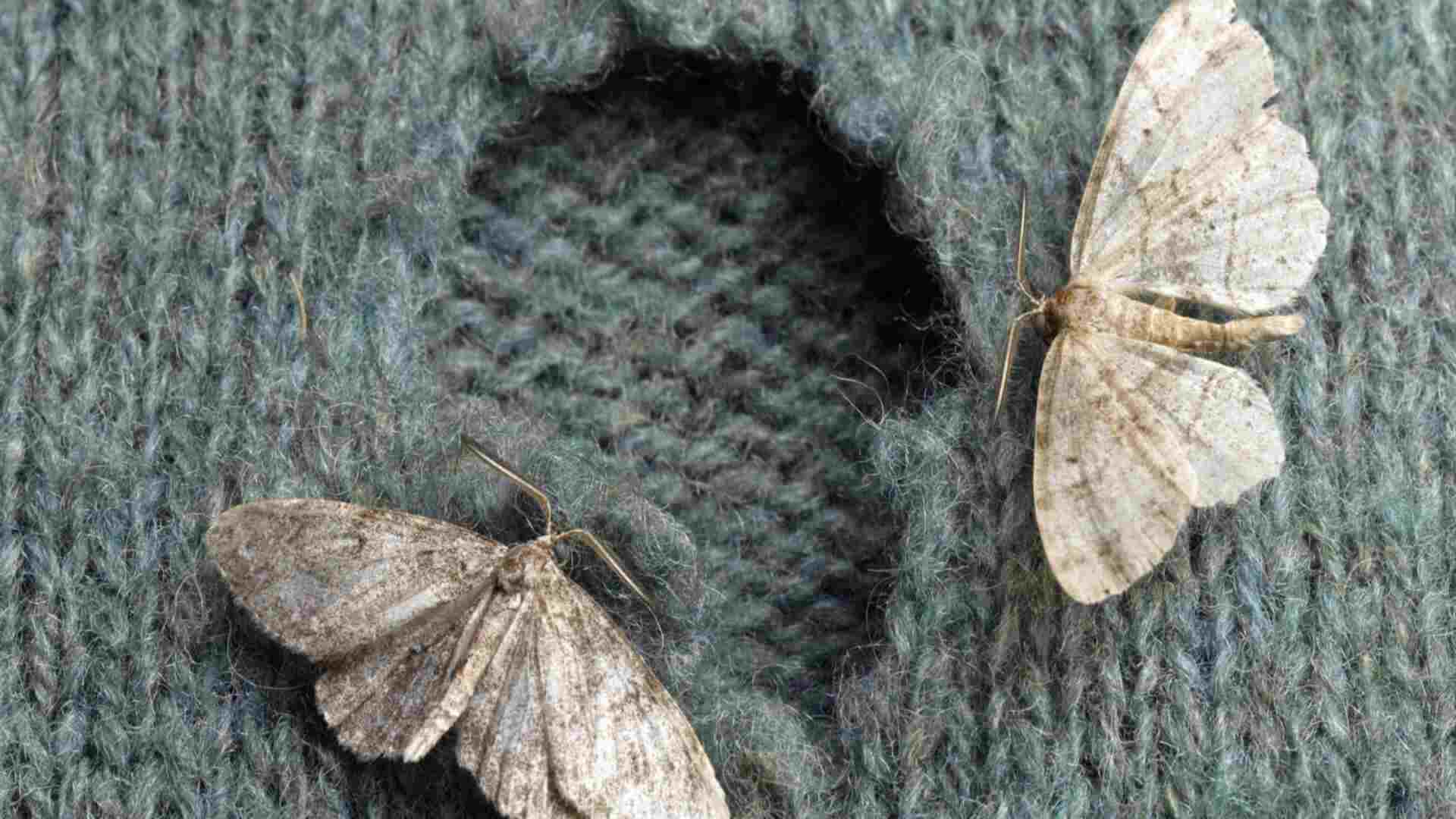 If you’re dealing with a severe infestation or recurring issues despite your efforts, contacting a professional pest control service can save you time and provide peace of mind. They offer customized solutions to eliminate moths entirely and prevent future infestations, making professional Moth treatment the best option for effective and lasting results.
If you’re dealing with a severe infestation or recurring issues despite your efforts, contacting a professional pest control service can save you time and provide peace of mind. They offer customized solutions to eliminate moths entirely and prevent future infestations, making professional Moth treatment the best option for effective and lasting results.
Dos and Don’ts for Moth Control
DO'S
-
Use Natural Repellents: Incorporate lavender, cedar, and other natural moth repellent options to protect closets and pantries.
-
Inspect Stored Food: Check grains, cereals, and dry goods regularly to prevent pantry moth infestations.
-
Vacuum Frequently: Clean carpets, rugs, and closets regularly to remove any eggs or larvae.
DON'TS
-
Don’t Ignore Early Signs of Infestation: Address any signs of moth activity promptly to prevent widespread problems.
-
Leave Natural Fibers Unprotected: Protect wool, silk, and other natural fibers by storing them in sealed bags or using natural repellents.
-
Avoid Overcrowding Storage Spaces: Keep storage areas organized to allow for proper ventilation and easier inspection for moth activity.





